Grade A vs Grade B Vanilla Beans: Everything You Need to Know
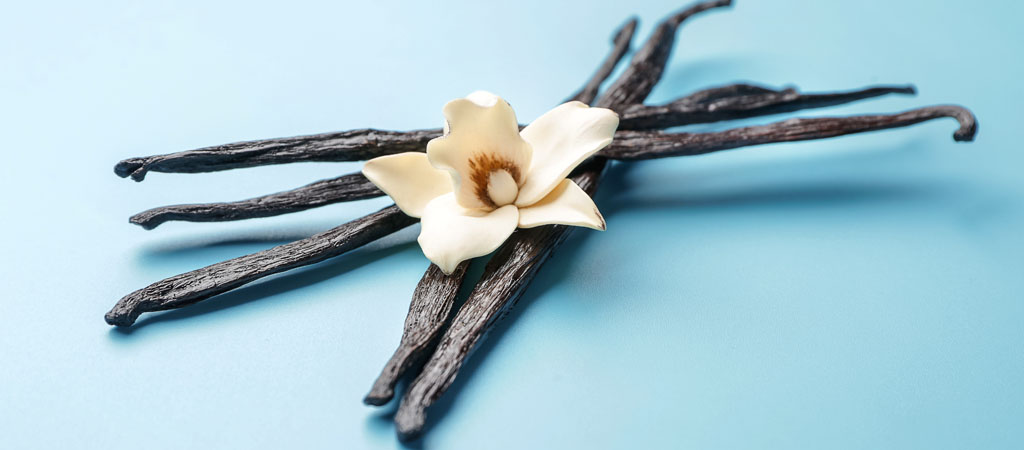
Vanilla beans are the ultimate flavor enhancer. Their aromatic, sweet, and complex flavors are unmatched, and they are used in a wide range of dishes and desserts. However, when it comes to using vanilla beans there's a lot more to consider than just their rich, sweet flavor. If you are unfamiliar with the world of vanilla, you may be surprised to learn there are actually two main grades of vanilla beans that are commonly used in culinary applications: grade A and grade B. While both types of beans have their own unique characteristics and uses, it can be confusing to know what the grades mean and when to use each bean. Let's take a closer look at what sets grade A and grade B vanilla beans apart, and how you can choose the best option for your needs.
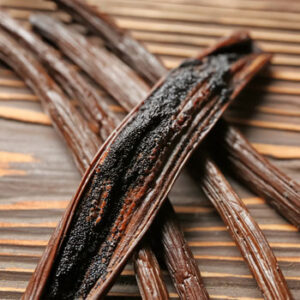
Appearance and Moisture Content
The appearance and moisture content of vanilla beans are the primary factors that determine their grade. Grade A vanilla beans are longer, plumper, and have a higher moisture content than grade B vanilla beans. They also have a shiny, oily exterior, and are free of any blemishes or defects. Grade B vanilla beans, on the other hand, are shorter, thinner, and have a lower moisture content. They have a duller exterior and may have some blemishes or defects (like splits and cracks).
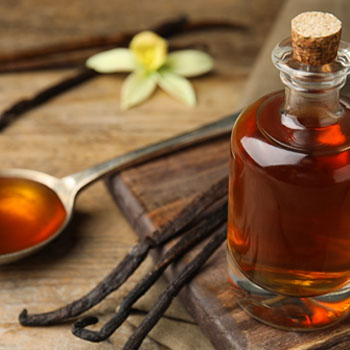
When to Use Each Grade of Vanilla Bean
While moisture and appearance are key to determining the grade of each bean, your intended use of the vanilla beans is helpful in deciding which bean grade is best to use. Grade A vanilla beans are considered ‘gourmet-grade beans’, and they are primarily used in dishes where the flavor and appearance of the beans are the main focus. They are preferred by professional pastry chefs and bakers for use in high-end desserts, such as crème brûlée, panna cotta, and vanilla ice cream. Many vanilla connoisseurs also prefer them for their homemade vanilla products like vanilla extract and vanilla sugar.
Grade B vanilla beans, on the other hand, are considered ‘extract-grade beans’, and they are primarily used in making vanilla extract. They are also used in baking and cooking, but they are not recommended for high-end desserts or dishes where the vanilla flavor and appearance are the main focus. However, some chefs and bakers prefer grade B vanilla beans for use in desserts where the flavor of the vanilla is not the star, such as in chocolate desserts or savory dishes.
Whether you choose grade A or grade B vanilla beans, you can be confident that you are getting an excellent ingredient that will add depth and complexity to your culinary creations. While there are some differences between the two grades in terms of appearance, moisture content, and intended use, both types of beans are versatile and can be used in a wide range of dishes and desserts. Whether you're a professional chef or a home cook, experimenting with different grades of vanilla beans can help you discover new flavors and elevate your cooking to the next level. So go ahead and try both grades of vanilla beans and see which one works best for you!



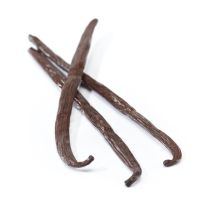
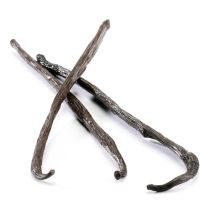
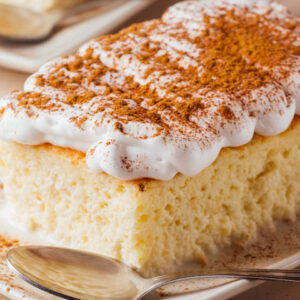
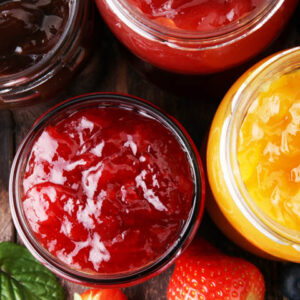
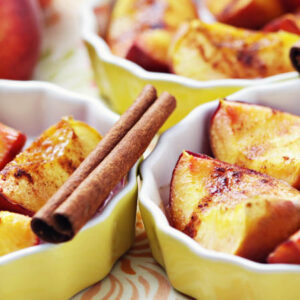

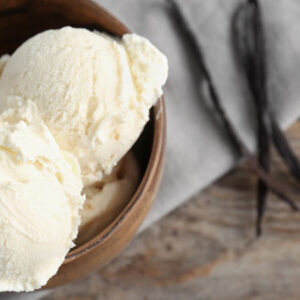
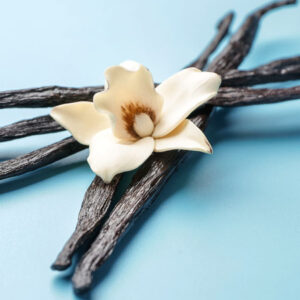

Share your thoughts, leave a comment